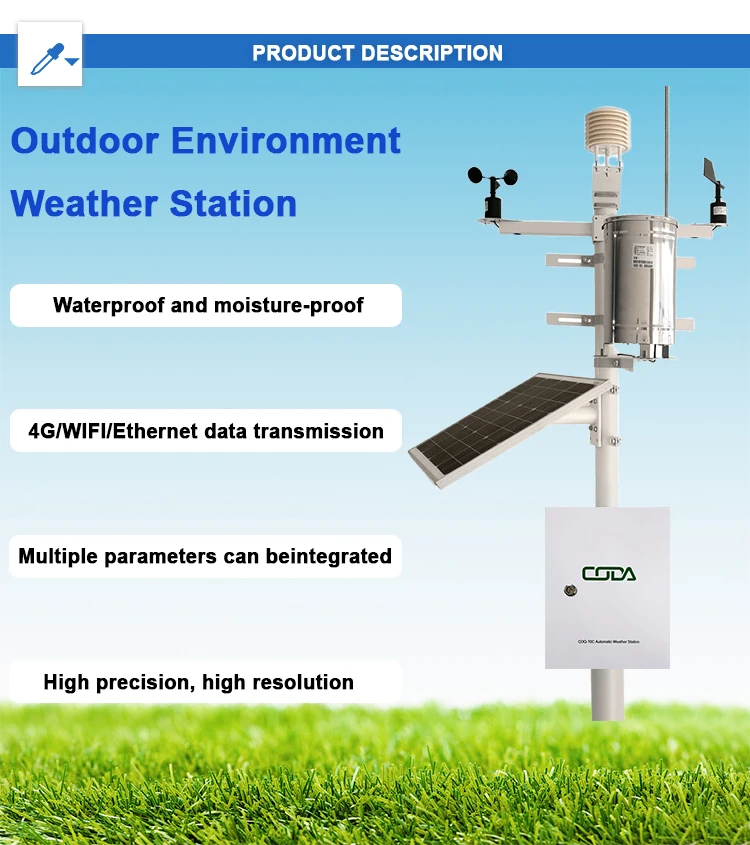
# Automatic Weather Station: Definition and Functionality
Automatic Weather Station: Definition and Functionality
An Automatic Weather Station (AWS) is a modern meteorological instrument designed to collect and transmit weather data without human intervention. These stations have become essential tools for meteorologists, researchers, and various industries that rely on accurate weather information.
What is an Automatic Weather Station?
An Automatic Weather Station is a system of sensors, data loggers, and communication devices that automatically measure and record atmospheric conditions. Unlike traditional weather stations that require manual observation, AWS units operate continuously, providing real-time data with minimal maintenance.
These stations typically measure multiple weather parameters including:
- Temperature
- Humidity
- Atmospheric pressure
- Wind speed and direction
- Precipitation amount and type
- Solar radiation
Key Components of an AWS
Modern automatic weather stations consist of several critical components:
1. Sensors
High-precision sensors measure various atmospheric parameters. These are often protected from environmental factors while maintaining accurate measurements.
2. Data Logger
The central unit that collects, processes, and stores data from all sensors. Modern loggers can store months of data and perform basic quality checks.
3. Power Supply
Most AWS units use solar panels with battery backup to ensure continuous operation, especially in remote locations.
4. Communication System
Data transmission methods include cellular networks, satellite links, or radio frequencies to send information to central databases or users.
Applications of Automatic Weather Stations
Automatic Weather Stations serve numerous purposes across different sectors:
- Meteorology: Providing data for weather forecasting and climate studies
- Agriculture: Helping farmers make irrigation and planting decisions
- Aviation: Supplying critical data for airport operations
- Research: Supporting environmental and atmospheric studies
- Disaster Management: Monitoring conditions for flood, drought, or storm warnings
Advantages of AWS Technology
The implementation of automatic weather stations offers significant benefits:
- Continuous, real-time data collection
- Reduced human error in measurements
- Ability to operate in remote or hazardous locations
- Standardized data collection methods
- Cost-effective compared to manual stations over time
As technology advances, automatic weather stations are becoming more sophisticated, with improved accuracy, longer battery life, and better data transmission capabilities. These developments make AWS systems increasingly valuable for weather monitoring and climate research worldwide.
Keyword: what is automatic weather station
0 thoughts on “Automatic Weather Station: Definition and Functionality”